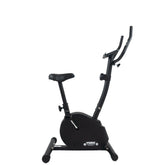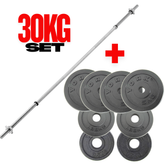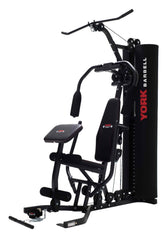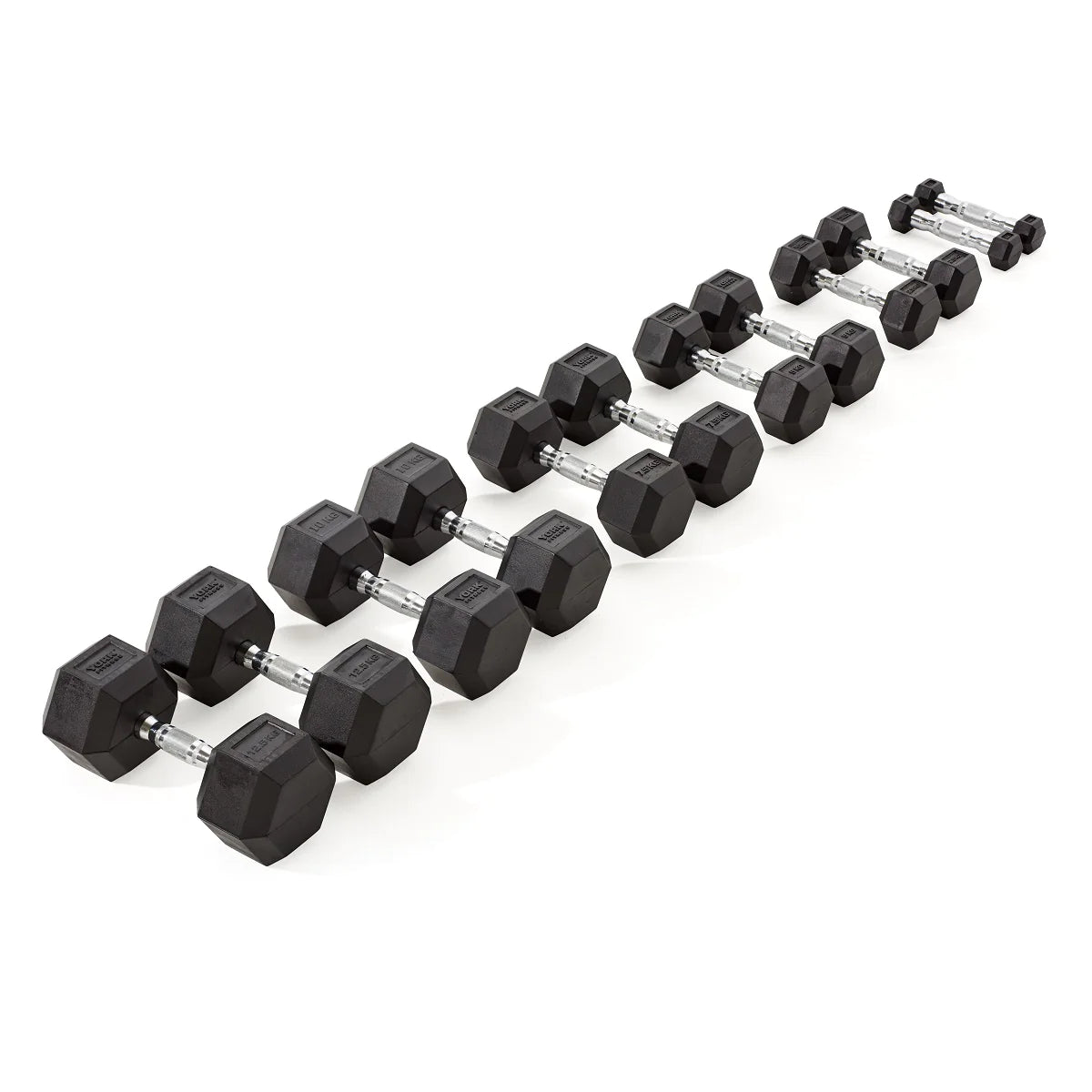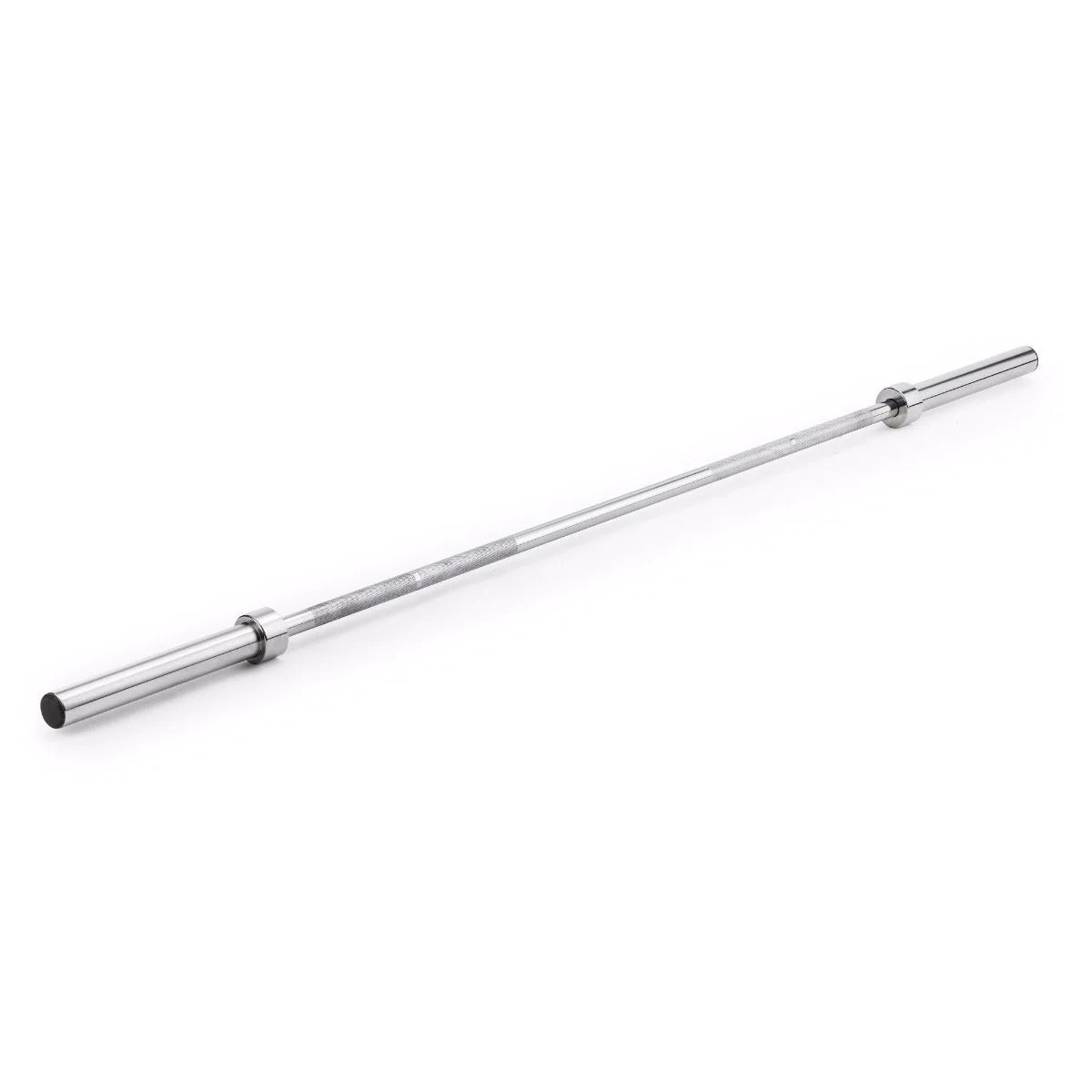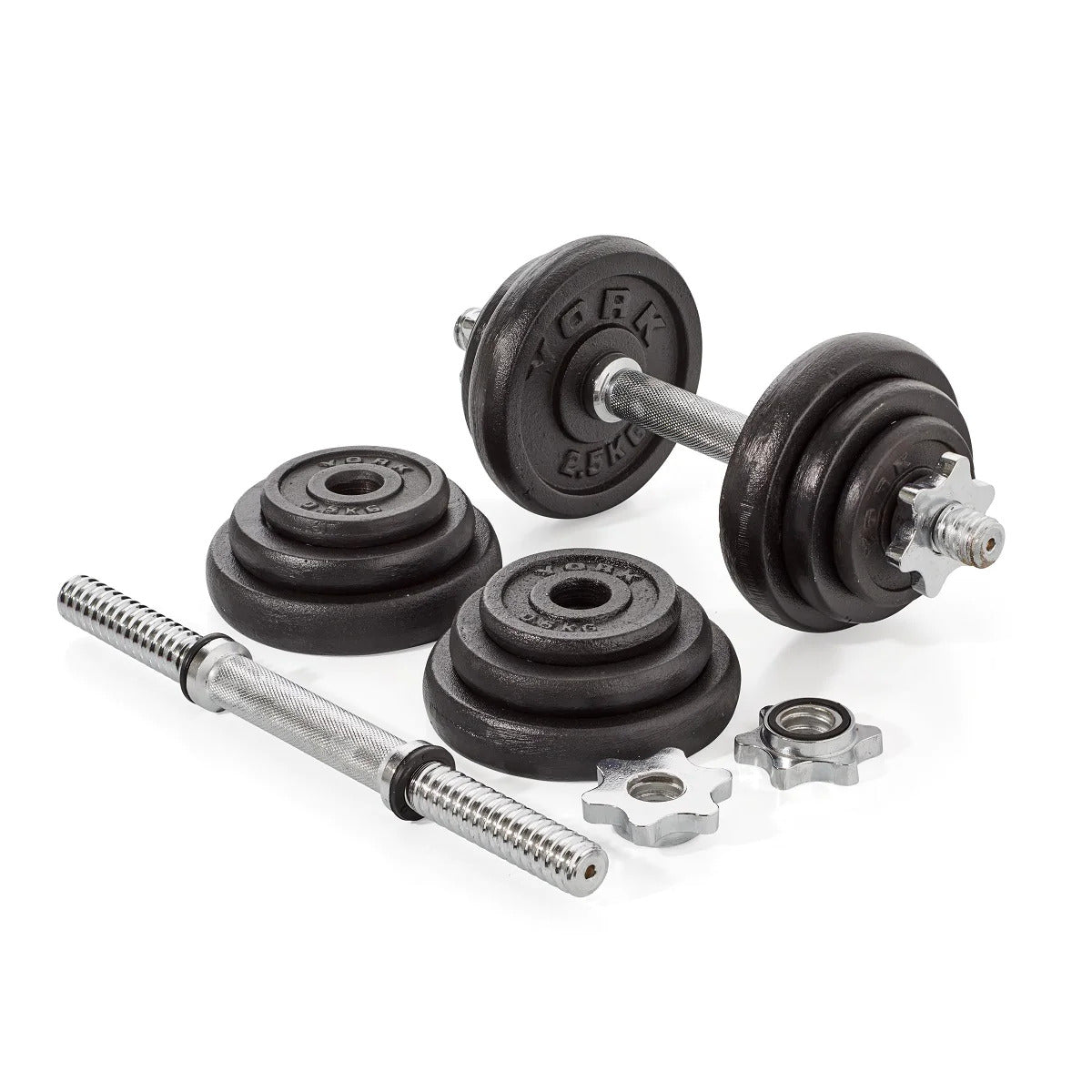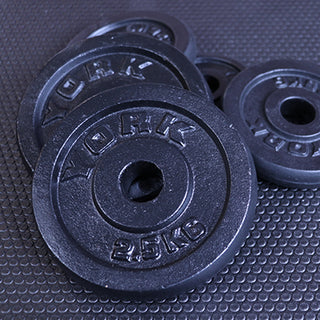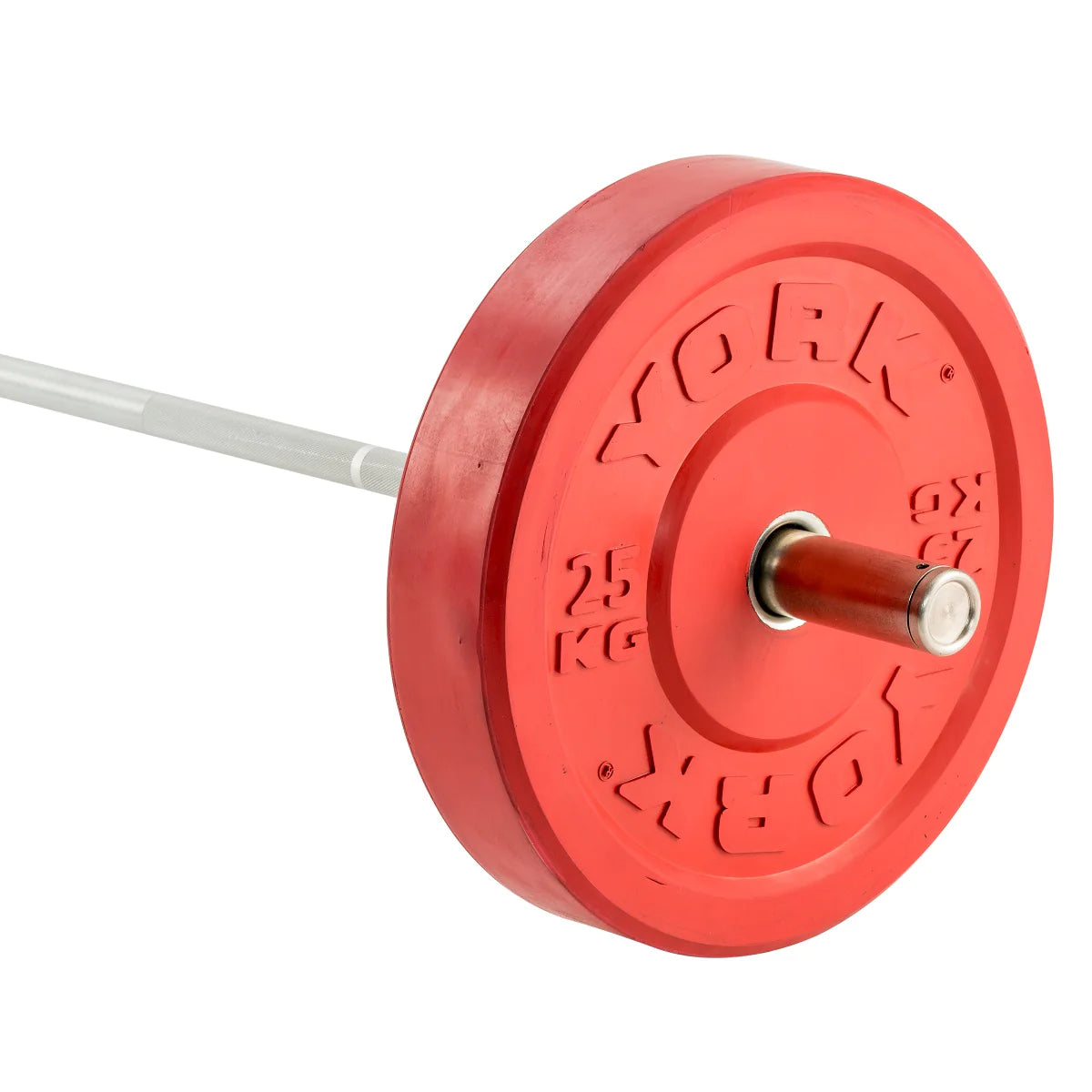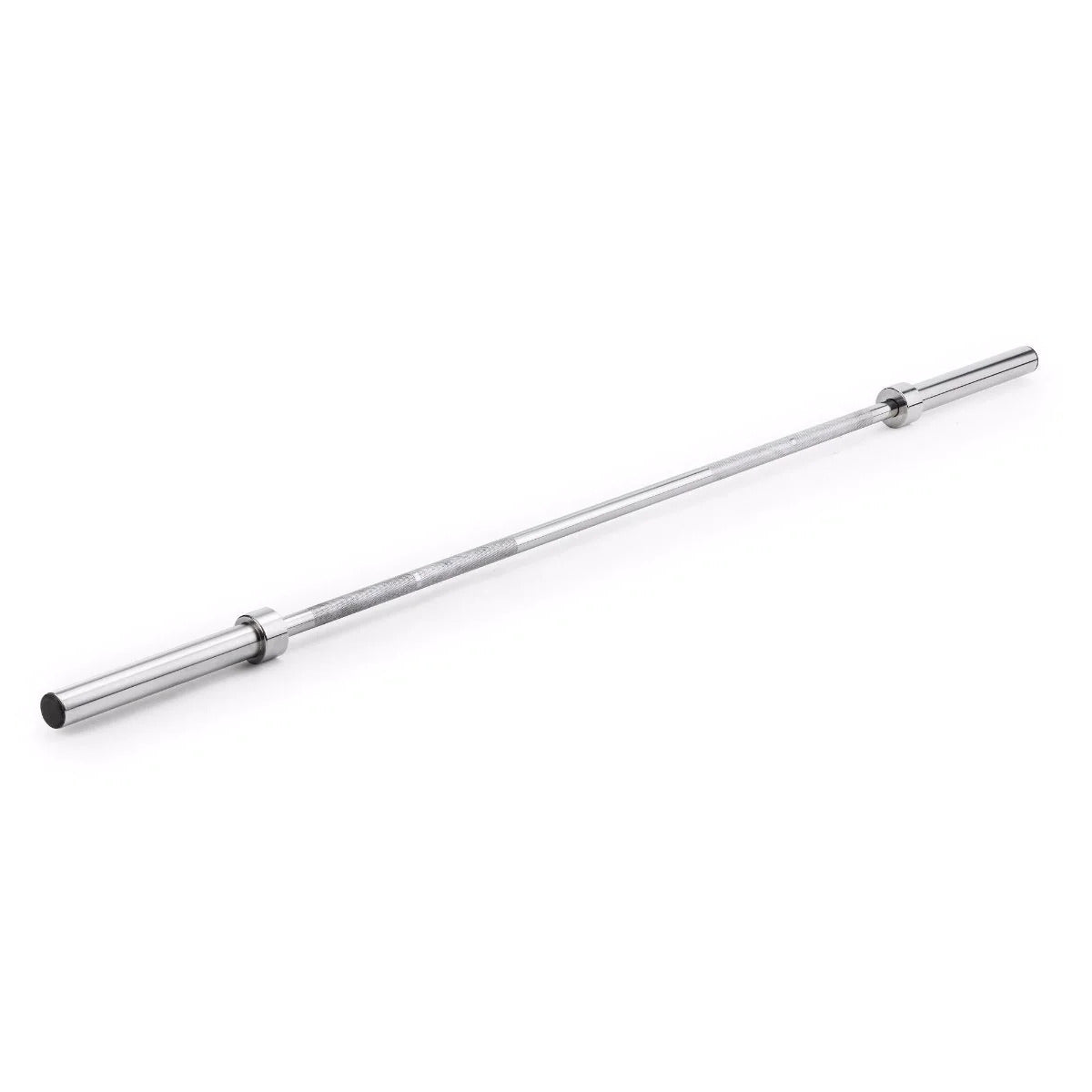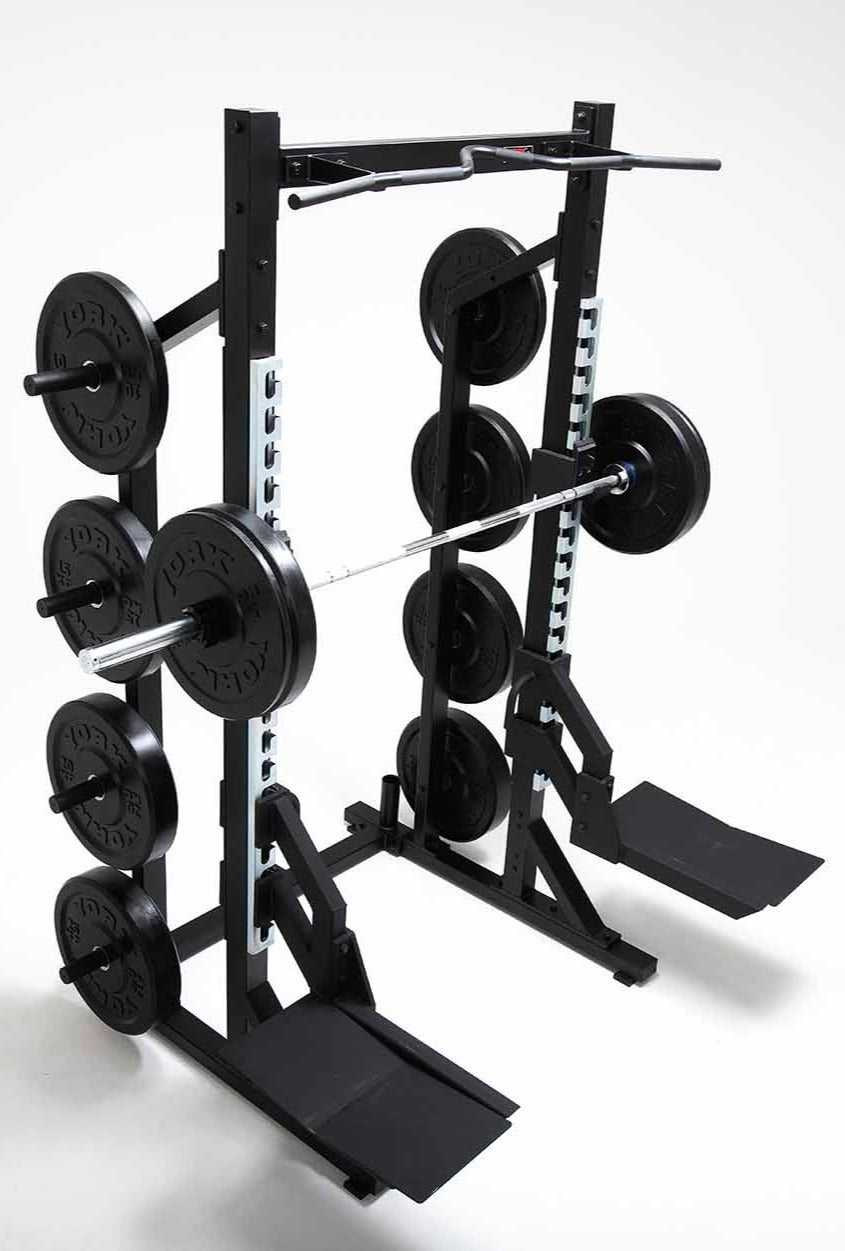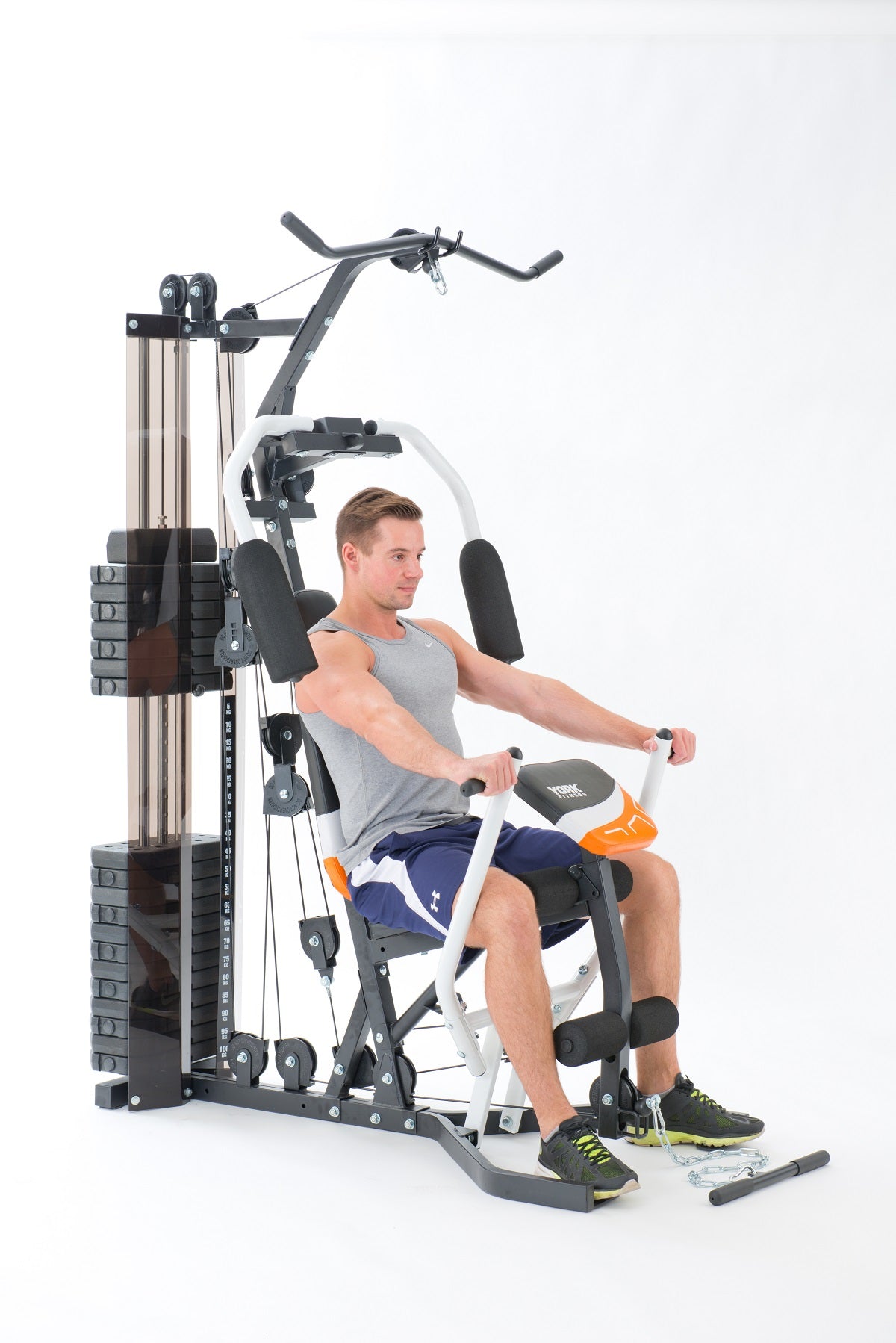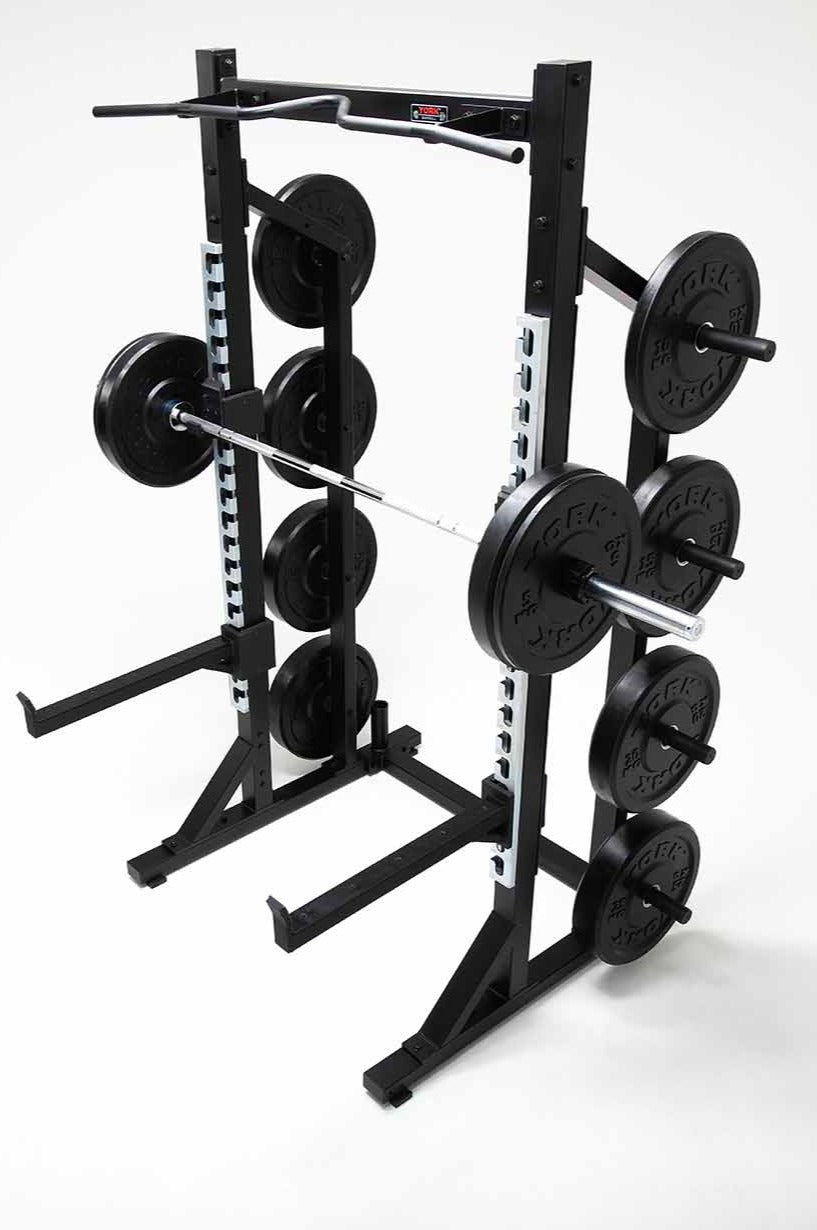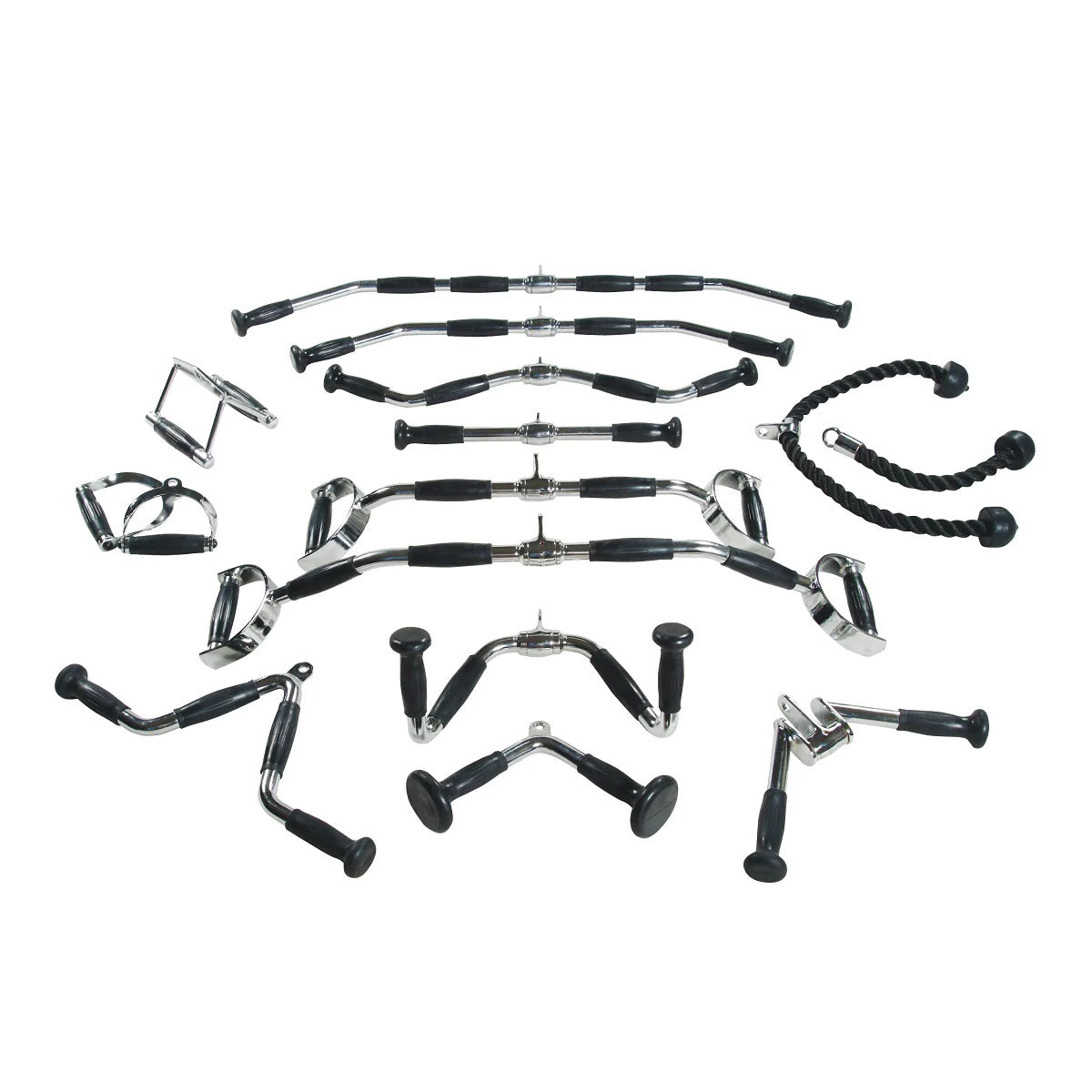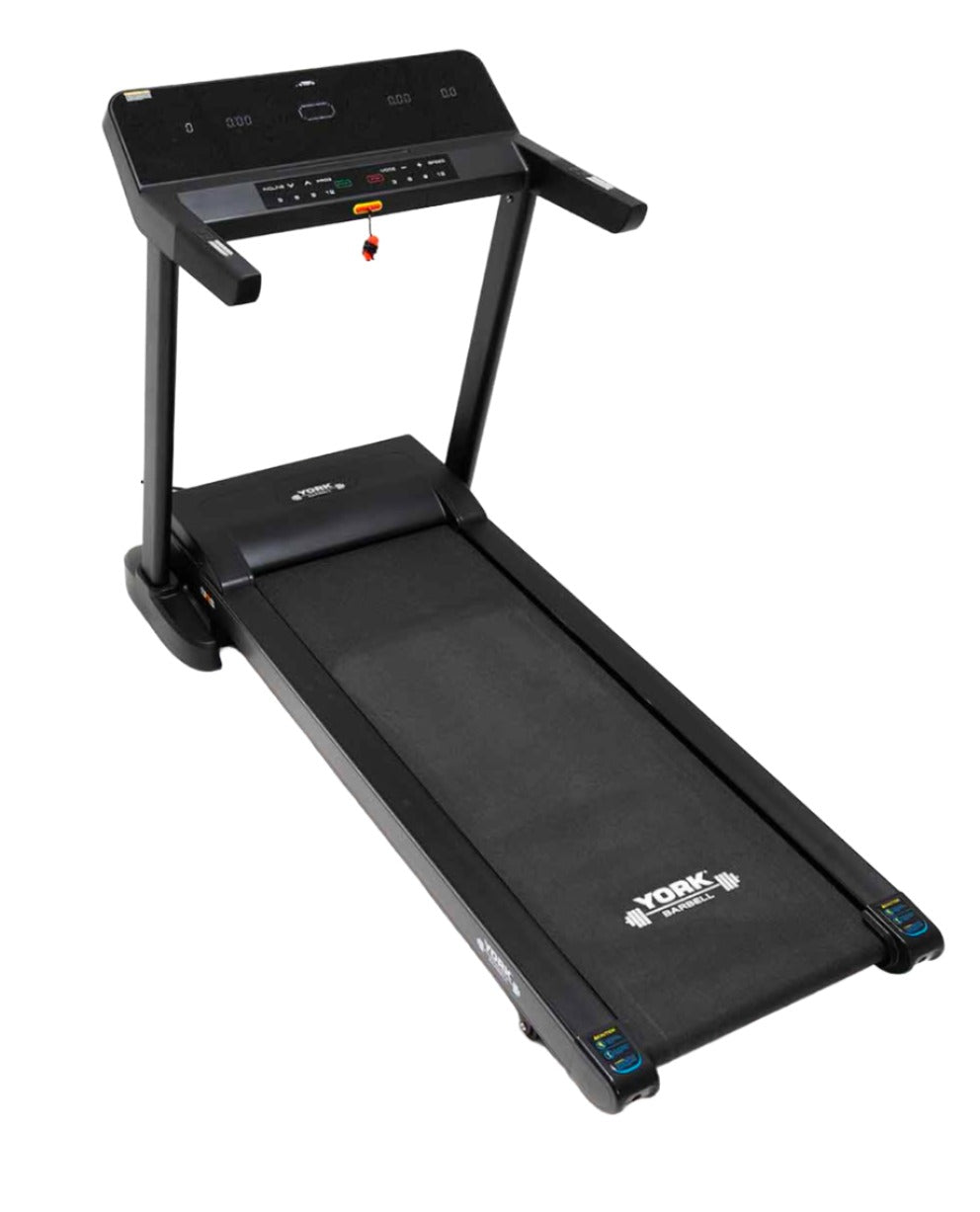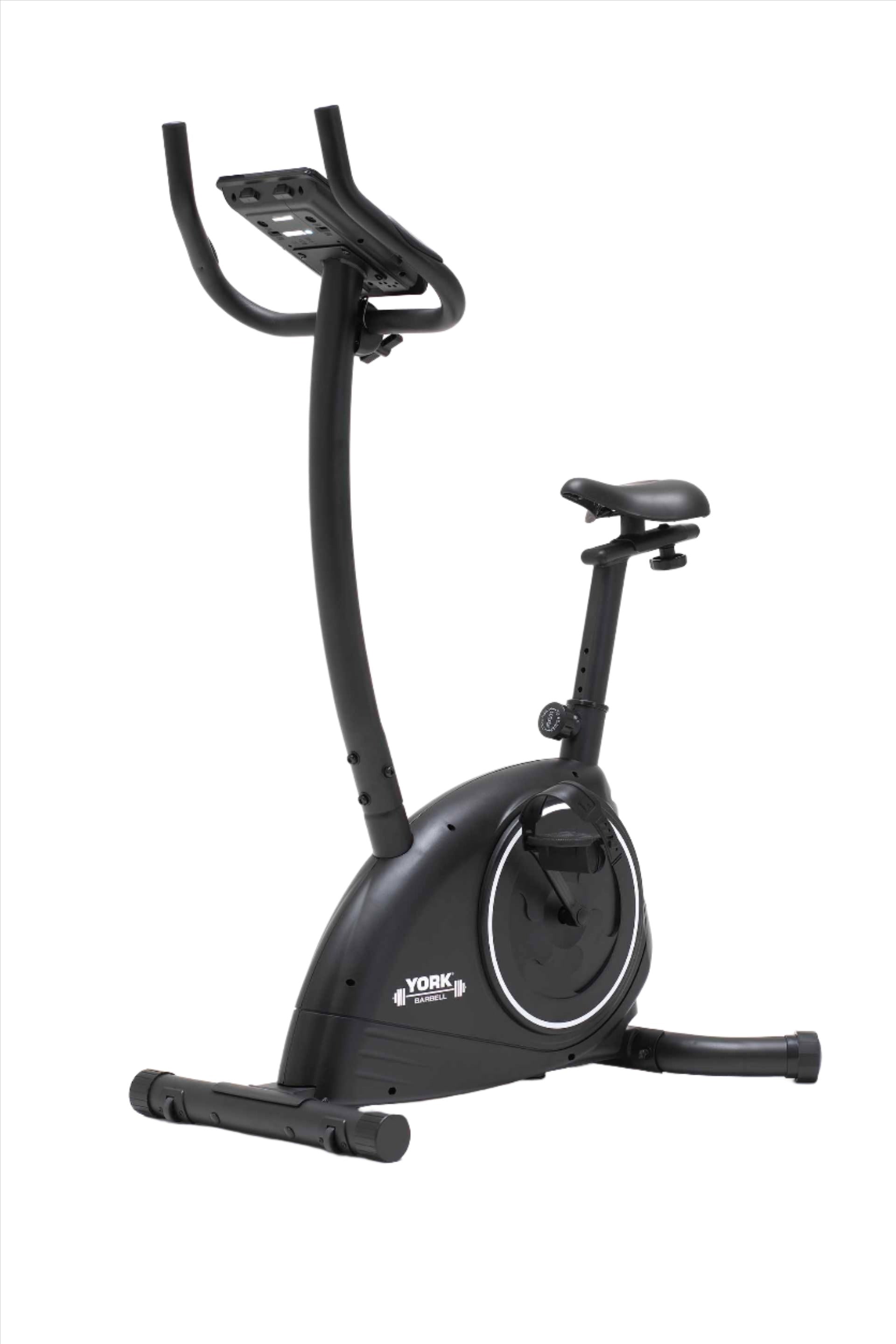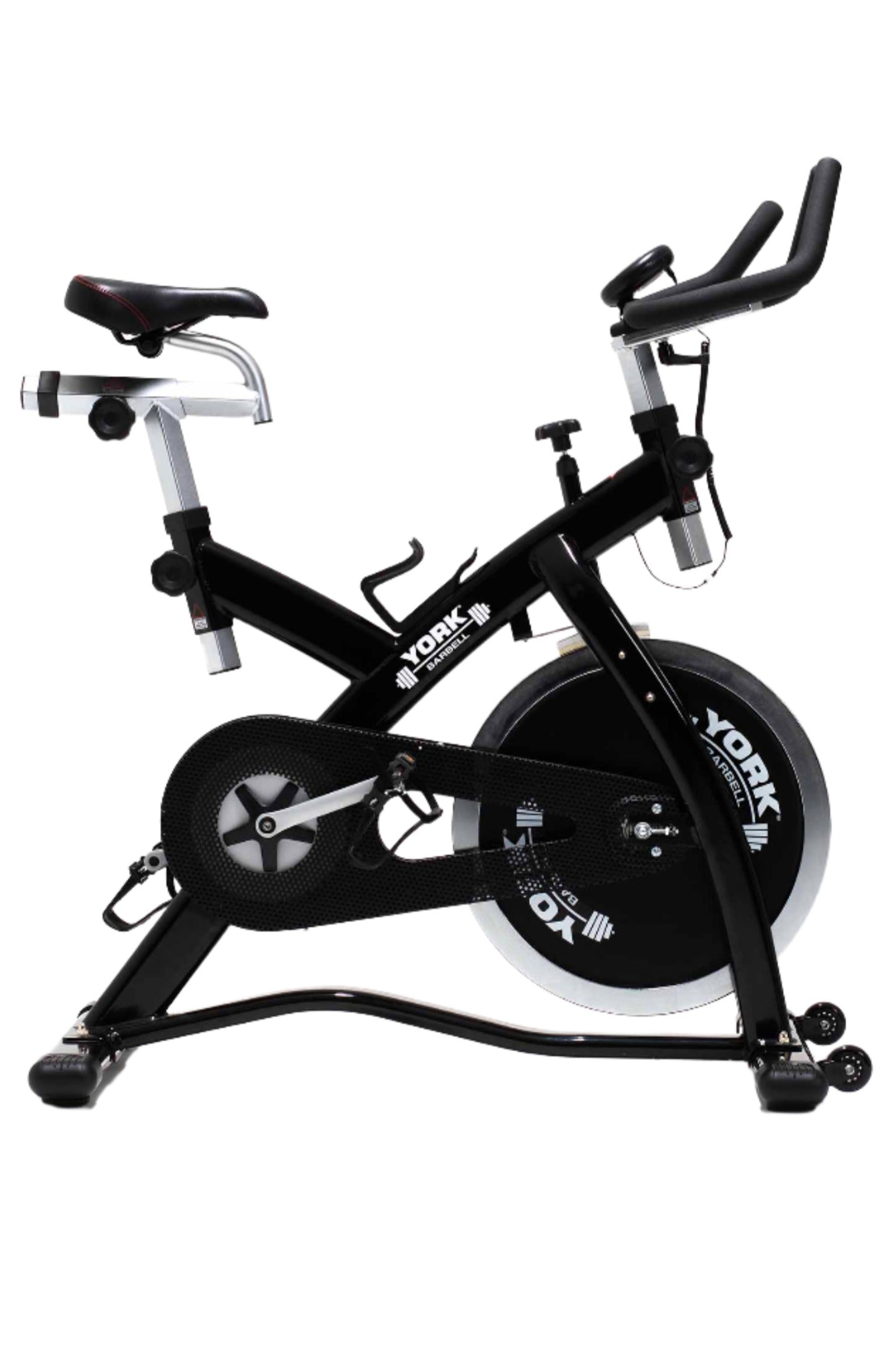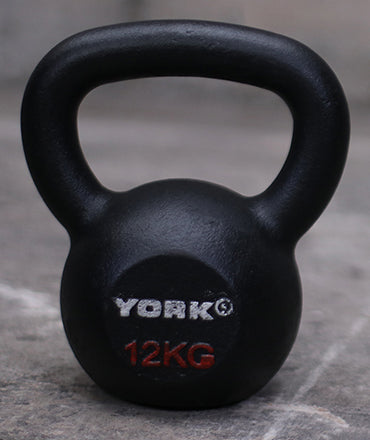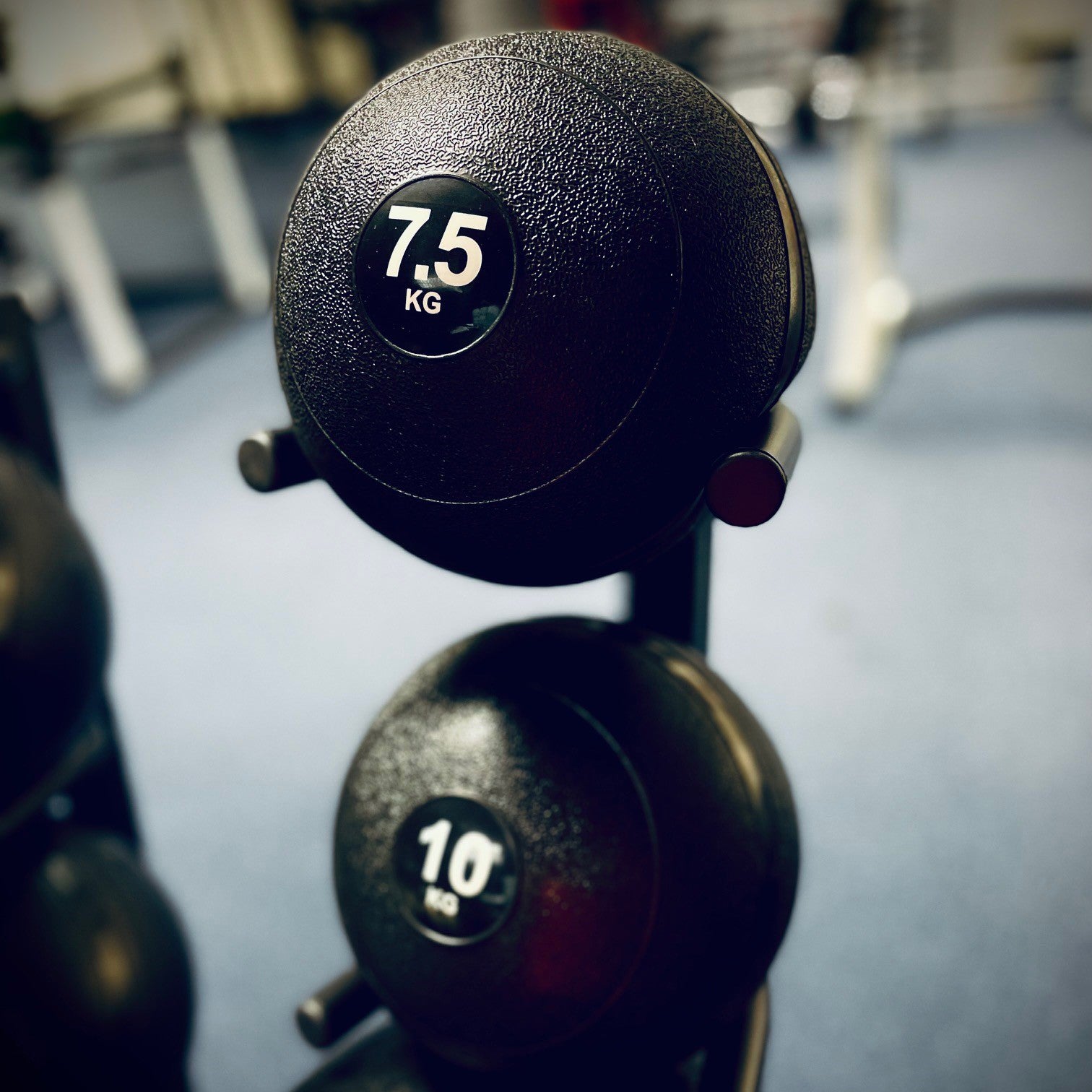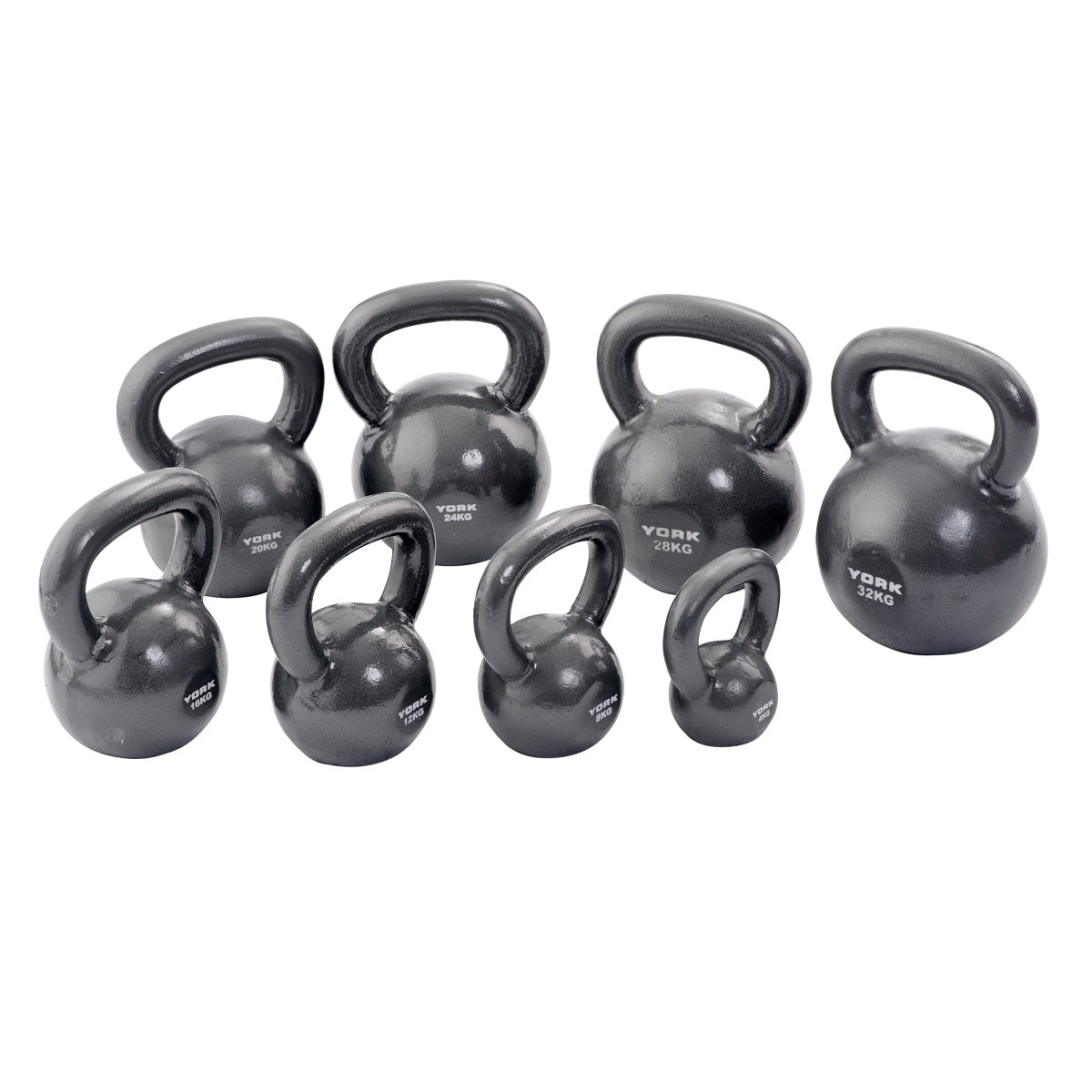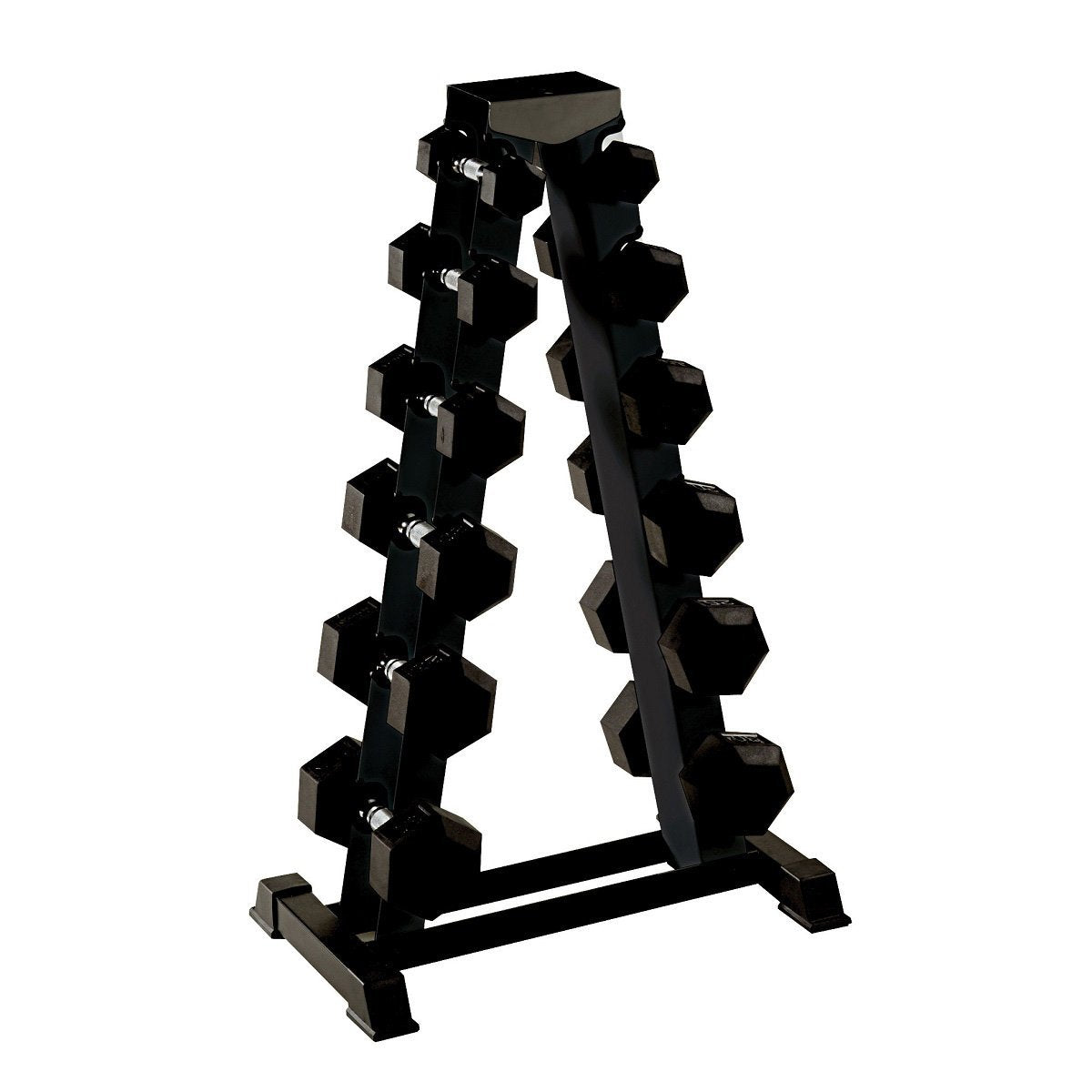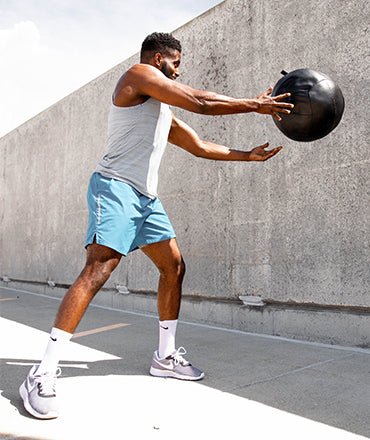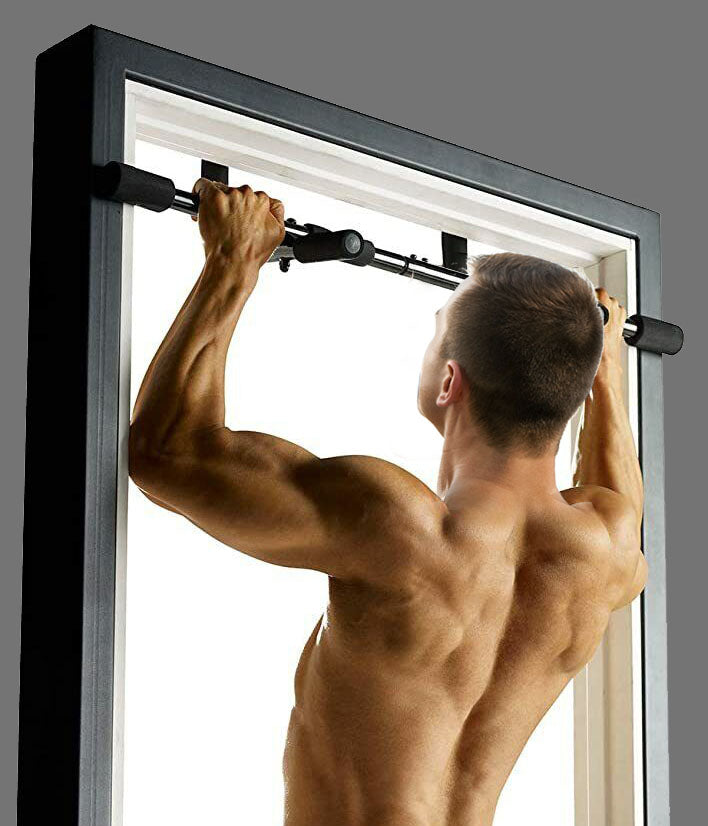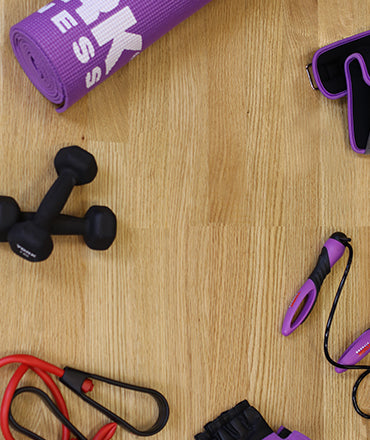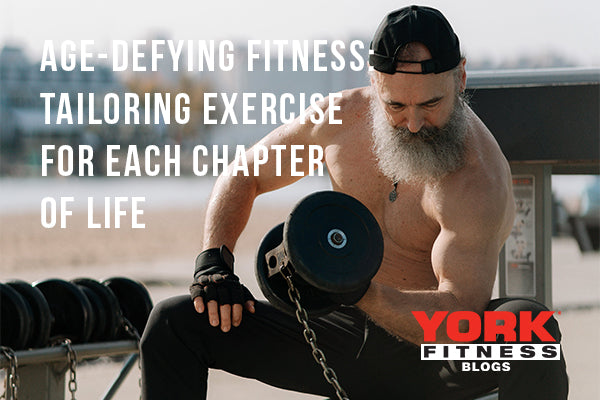In the ever-evolving landscape of health and wellness, the importance of fitness spans across all age groups. As we progress through different stages of life, our bodies undergo unique changes, making it imperative to adjust our workout routines accordingly. This blog will delve deeper into the significance of age-appropriate fitness routines, offering guidelines and tailored workout suggestions for various age groups—from the energetic teens to the wise seniors. Let's explore the world of personalised fitness, highlighting the importance of adapting workouts to individual needs and goals.
Teens and Adolescents: Building a Strong Foundation
The teenage years are a critical period for physical development and the establishment of lifelong health habits. During this time, the focus should be on building a strong foundation through a well-rounded approach to fitness. Incorporating cardiovascular exercises, strength training, and flexibility routines is essential. Engaging in team sports, swimming, and bodyweight exercises not only fosters physical development but also instils a positive attitude towards fitness that can last a lifetime.
Encouraging teenagers to explore various activities helps them discover what resonates with them most. Whether it's dancing, martial arts, or simply enjoying outdoor activities, finding joy in movement is a key aspect of building a sustainable fitness routine.
Additionally, it's crucial to educate teens about the importance of proper form and technique to avoid injuries. Supervised strength training, for instance, should focus on bodyweight exercises initially, gradually introducing resistance as they develop strength and coordination. This stage sets the groundwork for a lifetime of fitness, emphasising the fun and diversity that exercise can bring.
Young Adults: Balancing Fitness with Busy Lives
As young adults embark on their professional journeys, time becomes a precious commodity. Balancing work, social life, and, for some, parenthood can be challenging. The emphasis shifts towards efficient and effective workouts that accommodate busy schedules.
High-Intensity Interval Training (HIIT) and circuit training are excellent options for time-strapped individuals. These workouts provide maximum benefits in a shorter amount of time. Incorporating a mix of cardiovascular exercises, strength training, and flexibility routines contributes to overall fitness. Activities like yoga or Pilates, which promote flexibility and stress relief, can be integrated into the routine to counterbalance the demands of daily life.
Moreover, for young adults, the social aspect of fitness becomes increasingly important. Group classes, team sports, or even joining a local running club can provide not only physical but also mental health benefits. The camaraderie and shared goals enhance motivation and make the fitness journey more enjoyable.
Middle-Aged Adults: Prioritising Health and Wellness
As individuals enter their middle years, priorities shift from aesthetics to overall health and wellness. Maintaining muscle mass becomes crucial for metabolic health, making strength training a key component of fitness routines. Cardiovascular exercises continue to be important for heart health, and flexibility exercises help counteract the effects of ageing on joint mobility.
For this age group, a well-rounded fitness routine might include brisk walking, cycling, and weight training. Low-impact options, such as swimming or using elliptical machines, protect joints while still providing a challenging workout. The focus here is on sustainability and longevity in fitness practices.
Additionally, middle-aged adults should pay attention to recovery strategies. Adequate sleep, proper nutrition, and incorporating activities like yoga or meditation to manage stress become integral parts of the fitness equation. Recovery is not a sign of weakness but a critical aspect of maintaining a consistent and effective fitness routine as the body undergoes changes associated with ageing.
Seniors: Embracing Gentle Movement and Balance
In the golden years, the emphasis shifts towards preserving mobility, preventing falls, and enhancing overall well-being. Low-impact exercises, including walking, swimming, or tai chi, become pivotal in maintaining cardiovascular health without subjecting joints to unnecessary stress.
Strength training remains important for seniors to preserve muscle mass, and resistance bands or light weights can be incorporated into their routines. Balance and flexibility exercises, such as yoga or water aerobics, play a crucial role in preventing injuries and improving overall stability.
For seniors, the social aspect of fitness takes on added significance. Group classes specifically designed for older adults not only provide the physical benefits of exercise but also offer a sense of community and support. Staying socially connected is associated with improved mental well-being, a crucial aspect of healthy ageing.
Moreover, regular health check-ups become more critical for seniors to ensure that their fitness routines align with their current health status. Consulting with healthcare professionals and fitness experts can help tailor a program that considers any existing health conditions and focuses on maintaining independence and quality of life.
Adapting to Individual Needs and Goals
Regardless of age, individual needs and goals should always be at the forefront of any fitness routine. Health conditions, current fitness levels, and personal preferences vary widely, making it crucial to tailor workouts accordingly.
Before embarking on any new fitness program, especially for individuals with existing health conditions, it's advisable to consult with healthcare professionals and fitness experts. Their insights can guide the development of a personalised workout plan that aligns with individual capabilities and goals.
Be open to experimentation and variation in activities until the right combination is found. A customised approach to fitness not only ensures better adherence but also promotes sustained enthusiasm for an active lifestyle.
Additionally, setting realistic and achievable goals is paramount. These goals could range from improving cardiovascular fitness and flexibility to achieving specific strength milestones. Tracking progress not only serves as motivation but also allows for necessary adjustments to the fitness plan as individuals evolve through different life stages.
In Summary
Fitness is a lifelong journey that unfolds through various stages, and adapting our workouts to our specific life stage is the key to long-term health and well-being. By recognizing the importance of age-appropriate fitness routines and tailoring workouts to individual needs and goals, we can ensure that exercise remains a positive and sustainable part of our lives. Embrace the journey, celebrate progress, and prioritise your health at every age. In doing so, you'll not only achieve fitness milestones, lessen the risk of injury, but also cultivate a lifelong commitment to well-being. Remember, the essence of fitness is not just about the destination; it's about enjoying the journey at every stage of life.
